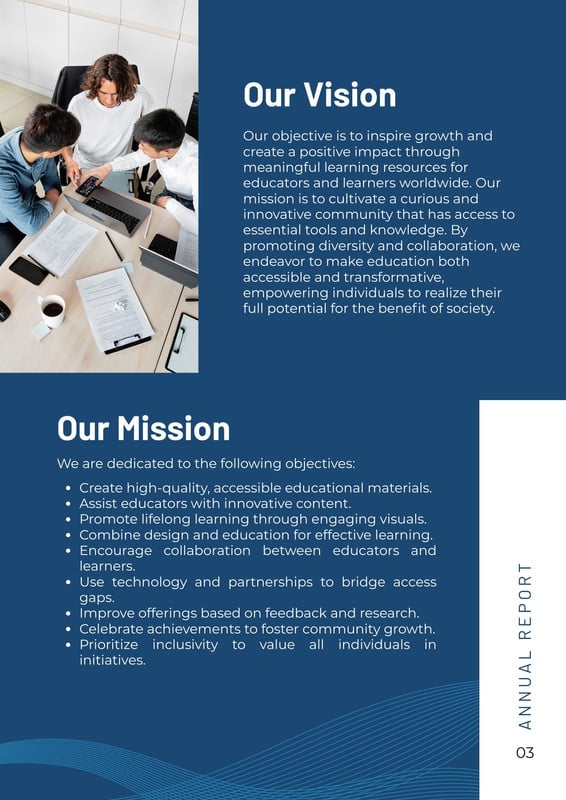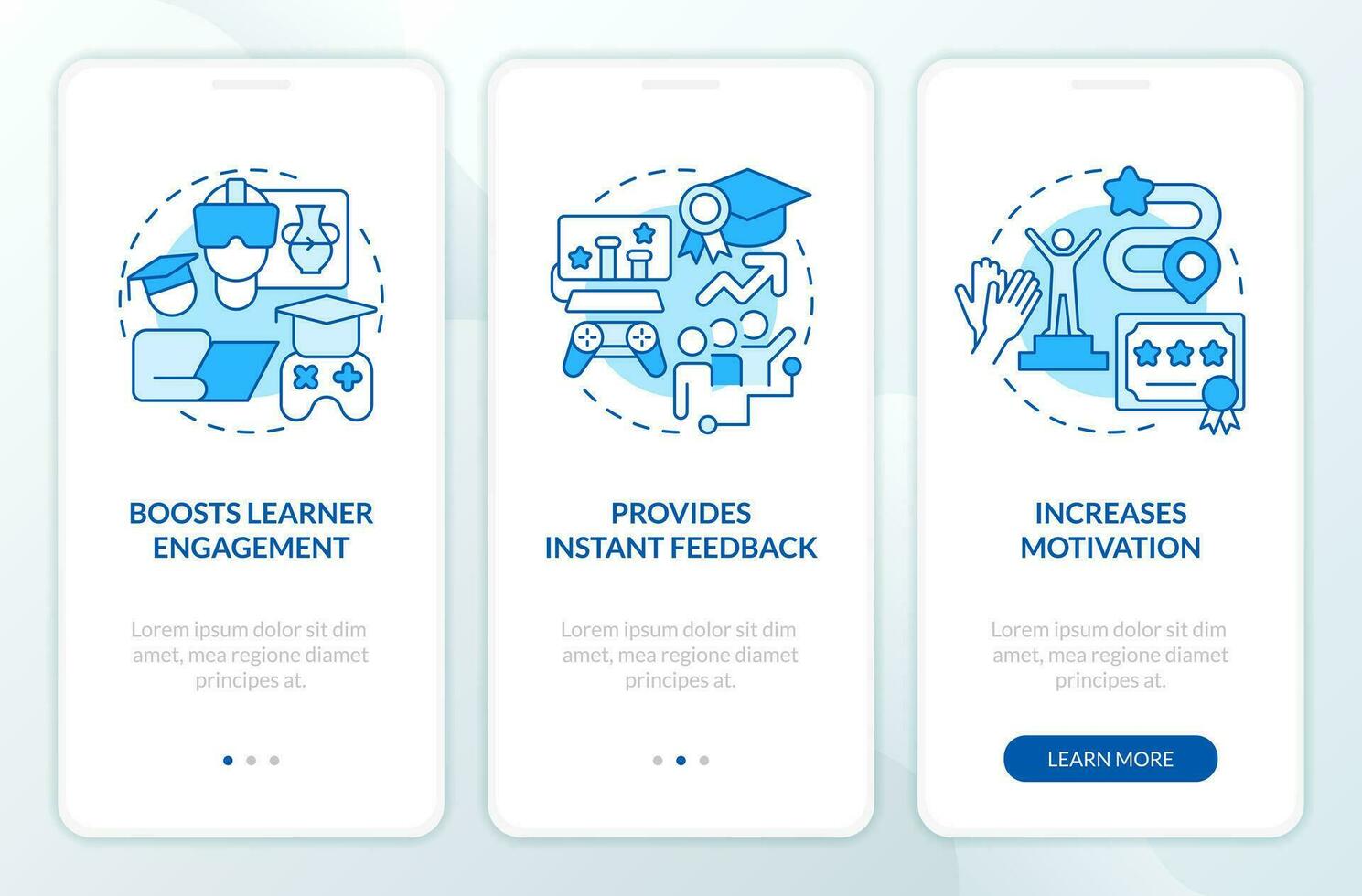Creating Inclusive Classrooms: Best Practices for Diverse Learners



- Observe student behavior and performance.
- Review student records and assessments.
- Communicate with parents and guardians.
- Collaborate with specialists.
Type of Need | Characteristics | Potential Strategies |
|---|---|---|
Learning Disability | Difficulty with reading, writing, or math | Provide differentiated instruction, assistive technology, and extra time. |
Physical Disability | Limited mobility or sensory impairments | Ensure classroom accessibility, provide adaptive equipment, and offer alternative formats for materials. |
Emotional/Behavioral Challenges | Difficulty regulating emotions or behavior | Implement positive behavior support strategies, provide a safe and supportive environment, and offer counseling services. |
Giftedness | Advanced cognitive abilities and a strong desire to learn | Offer enrichment activities, independent study opportunities, and acceleration options. |
Cultural/Linguistic Differences | Different cultural backgrounds or language proficiencies | Incorporate culturally responsive teaching practices, provide language support, and value diverse perspectives. |
Type of Need | Characteristics | Potential Strategies |
|---|---|---|
Learning Disability | Difficulty with reading, writing, or math | Provide differentiated instruction, assistive technology, and extra time. |
Physical Disability | Limited mobility or sensory impairments | Ensure classroom accessibility, provide adaptive equipment, and offer alternative formats for materials. |
Emotional/Behavioral Challenges | Difficulty regulating emotions or behavior | Implement positive behavior support strategies, provide a safe and supportive environment, and offer counseling services. |
Giftedness | Advanced cognitive abilities and a strong desire to learn | Offer enrichment activities, independent study opportunities, and acceleration options. |
Cultural/Linguistic Differences | Different cultural backgrounds or language proficiencies | Incorporate culturally responsive teaching practices, provide language support, and value diverse perspectives. |

- Provide multiple means of representation (e.g., visual, auditory, kinesthetic).
- Offer multiple means of action and expression (e.g., writing, speaking, creating).
- Foster multiple means of engagement (e.g., choice, collaboration, relevance).
UDL Principle | Description | Examples |
|---|---|---|
Multiple Means of Representation | Presenting information in various formats to cater to different learning styles. | Using visual aids, audio recordings, and hands-on activities. |
Multiple Means of Action and Expression | Allowing students to demonstrate their learning in different ways. | Offering options for writing, speaking, creating projects, or using technology. |
Multiple Means of Engagement | Fostering student interest and motivation. | Providing choices, setting meaningful goals, and creating a supportive learning community. |
UDL Principle | Description | Examples |
|---|---|---|
Multiple Means of Representation | Presenting information in various formats to cater to different learning styles. | Using visual aids, audio recordings, and hands-on activities. |
Multiple Means of Action and Expression | Allowing students to demonstrate their learning in different ways. | Offering options for writing, speaking, creating projects, or using technology. |
Multiple Means of Engagement | Fostering student interest and motivation. | Providing choices, setting meaningful goals, and creating a supportive learning community. |

- Modify content to match readiness levels.
- Adjust the learning process based on student needs.
- Vary the product students create to demonstrate learning.
- Adapt the learning environment for optimal support.
Element of Differentiation | Description | Examples |
|---|---|---|
Content | Modifying what students learn. | Providing different reading materials based on reading level. |
Process | Adjusting how students learn. | Offering different activities such as group work, individual projects, or hands-on experiments. |
Product | Varying how students demonstrate learning. | Allowing students to choose between writing a paper, giving a presentation, or creating a video. |
Learning Environment | Adapting the classroom environment. | Creating quiet areas for focused work, providing flexible seating options, and using lighting to create a calming atmosphere. |
Element of Differentiation | Description | Examples |
|---|---|---|
Content | Modifying what students learn. | Providing different reading materials based on reading level. |
Process | Adjusting how students learn. | Offering different activities such as group work, individual projects, or hands-on experiments. |
Product | Varying how students demonstrate learning. | Allowing students to choose between writing a paper, giving a presentation, or creating a video. |
Learning Environment | Adapting the classroom environment. | Creating quiet areas for focused work, providing flexible seating options, and using lighting to create a calming atmosphere. |

- Ensure physical accessibility for students with disabilities.
- Use inclusive language and avoid stereotypes.
- Celebrate diversity through cultural activities and discussions.
- Address bias and discrimination promptly and effectively.
Aspect of Inclusivity | Description | Examples |
|---|---|---|
Physical Accessibility | Ensuring the classroom is accessible to students with disabilities. | Providing ramps, elevators, accessible restrooms, and flexible seating arrangements. |
Inclusive Language | Using language that is respectful and avoids stereotypes. | Avoiding gendered language, using person-first language, and being mindful of cultural differences. |
Diversity Celebration | Celebrating the diversity of students' backgrounds and experiences. | Incorporating cultural activities, sharing personal stories, and learning about different traditions. |
Bias and Discrimination Response | Addressing bias and discrimination promptly and effectively. | Creating a clear policy against bullying and harassment, providing anti-bias training, and facilitating discussions about diversity and inclusion. |
Aspect of Inclusivity | Description | Examples |
|---|---|---|
Physical Accessibility | Ensuring the classroom is accessible to students with disabilities. | Providing ramps, elevators, accessible restrooms, and flexible seating arrangements. |
Inclusive Language | Using language that is respectful and avoids stereotypes. | Avoiding gendered language, using person-first language, and being mindful of cultural differences. |
Diversity Celebration | Celebrating the diversity of students' backgrounds and experiences. | Incorporating cultural activities, sharing personal stories, and learning about different traditions. |
Bias and Discrimination Response | Addressing bias and discrimination promptly and effectively. | Creating a clear policy against bullying and harassment, providing anti-bias training, and facilitating discussions about diversity and inclusion. |








